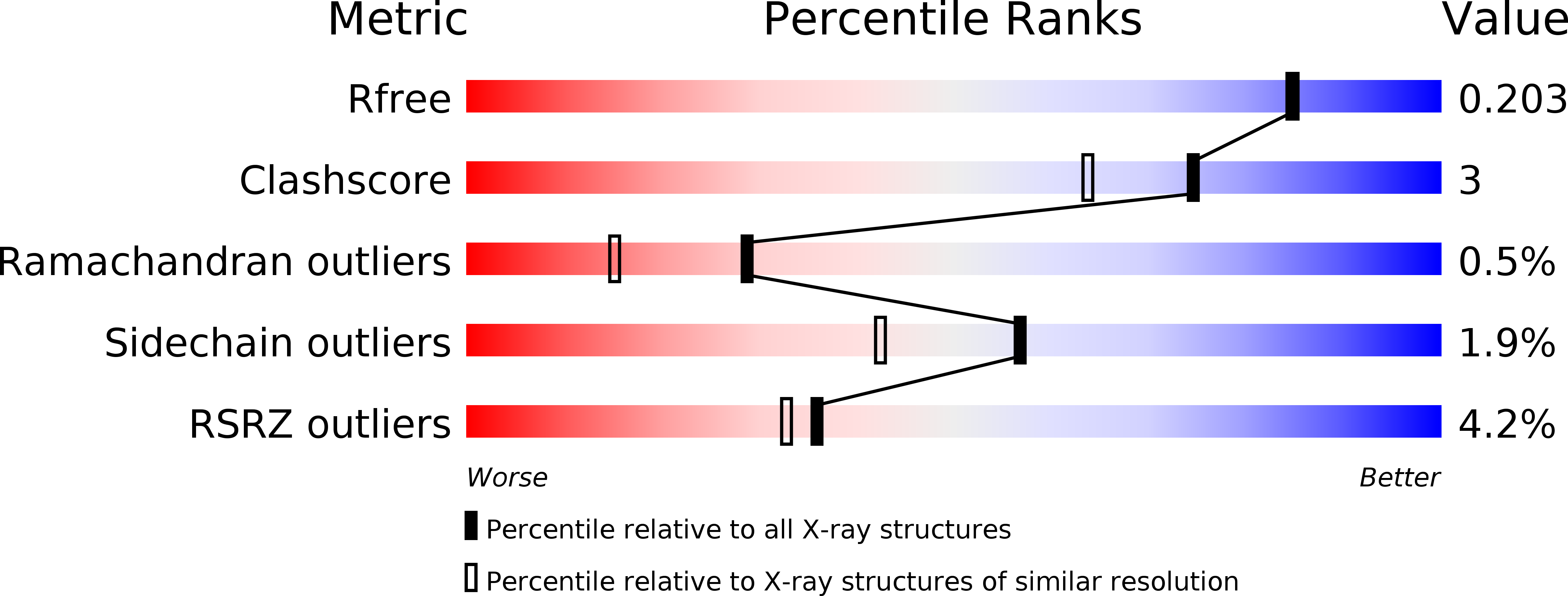
Deposition Date
2013-08-08
Release Date
2014-03-26
Last Version Date
2024-03-20
Entry Detail
PDB ID:
4M5B
Keywords:
Title:
Crystal Structure of an Truncated Transition Metal Transporter
Biological Source:
Source Organism:
Thermoanaerobacter tengcongensis (Taxon ID: 273068)
Host Organism:
Method Details:
Experimental Method:
Resolution:
1.83 Å
R-Value Free:
0.20
R-Value Work:
0.18
R-Value Observed:
0.18
Space Group:
C 2 2 21


